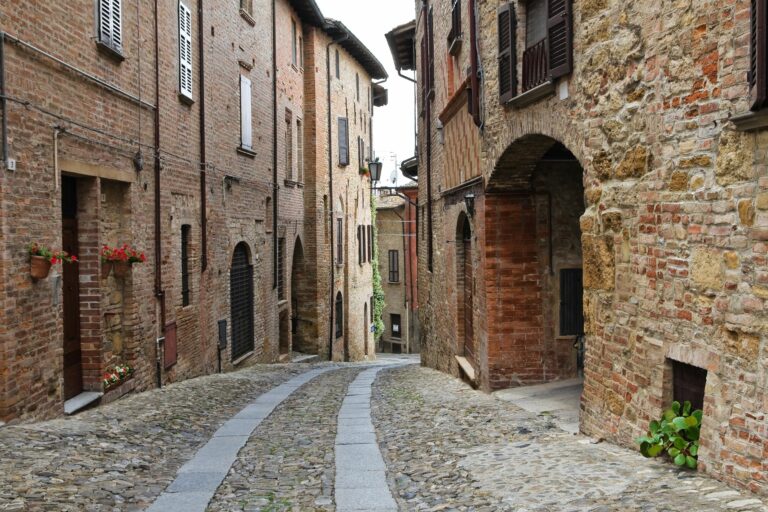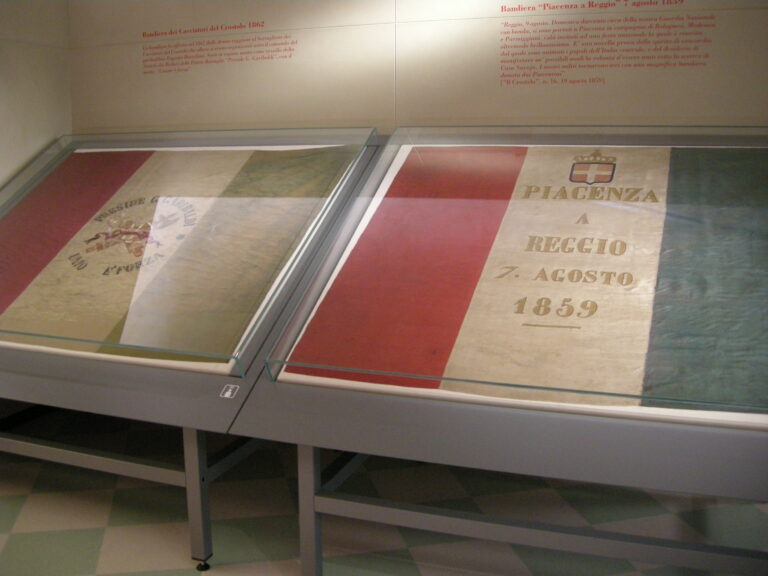The twenty kilometers of the Reggio Emilia shoreline of the Po River, in addition to preserving a remarkable ecological heritage, are characterized by the presence of small towns completely immersed in the engaging atmosphere of the Lower Reggio Valley. Which ones are they? Let’s discover them together!
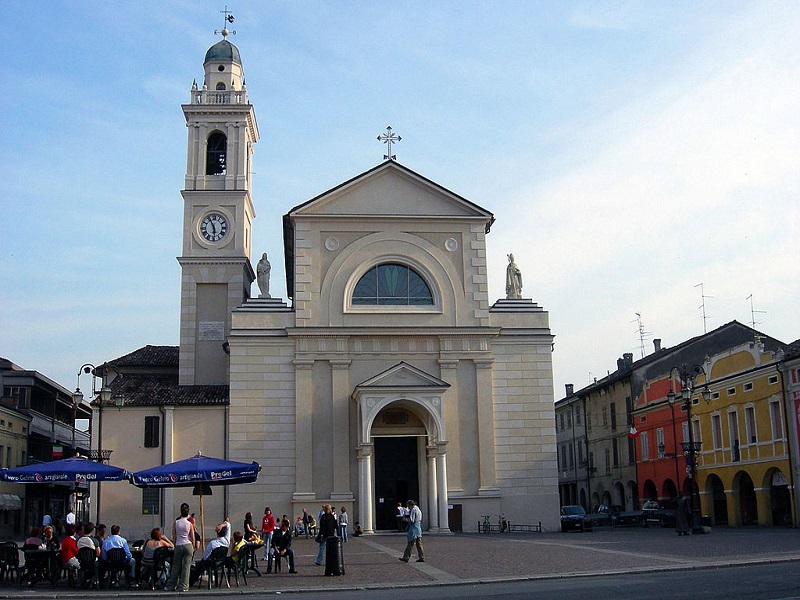
BRESCELLO
Located near the right bank of the Po River, which marks the nearby border with Lombardy, Brescello (Barsèl in the local dialect, Bersèl in the Reggio Emilia dialect) is a charming little village that has survived numerous floods and battles. The famous saga of the Don Camillo and Peppone films, one of the most beloved pages of postwar Italian cinema, was set here. For those who want to discover the places of the saga, walking through the town it is possible to see the church where Don Camillo served as a parish priest, the “talking” crucifix, the Sputnik bell, Peppone’s house, and delve into its history with: the Peppone and Don Camillo Museum, where props, original posters, various memorabilia and original furnishings are on display; and the Brescello and Guareschi Museum-The Territory and Cinema, where evidence related to the town’s past activities is collected. In addition to these two museums, there is also the Archaeological Museum, which preserves historical artifacts of great value.
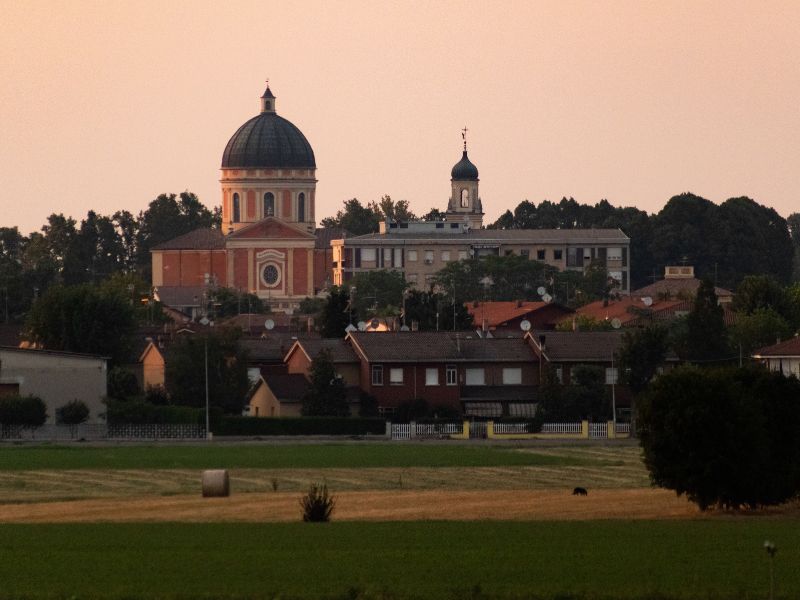
BORETTO
Lying on the southern bank of the Po River, Boretto (Borèt in local dialect, Burèt in the dialect of Reggio Emilia) is the Emilian town in closest contact with the river. It boasts one of the best-equipped ports for recreational boating and river navigation. In St. Mark’s Square stands the majestic Basilica of St. Mark the Evangelist. The building, erected in the second half of the 19th century to a design by Boretto architect L. Panizzi Moriglo, features an imposing dome as high as 45 meters. On the same square is the Town Hall, whose Council Chamber is embellished with Art Nouveau decorations by Marcello Nizzoli. Moving along the embankment, it is possible to learn about the ancient local tradition related to river shipbuilding by visiting: the Museum of the Po and Inland Navigation, which houses a series of historical vessels and various onboard instruments; the Bridgesmen’s House, which testifies to the transformations that have taken place in the way the river was crossed; and the Multimedia Museum of Reclamation, where it is possible to discover the meaning and function of reclamation.
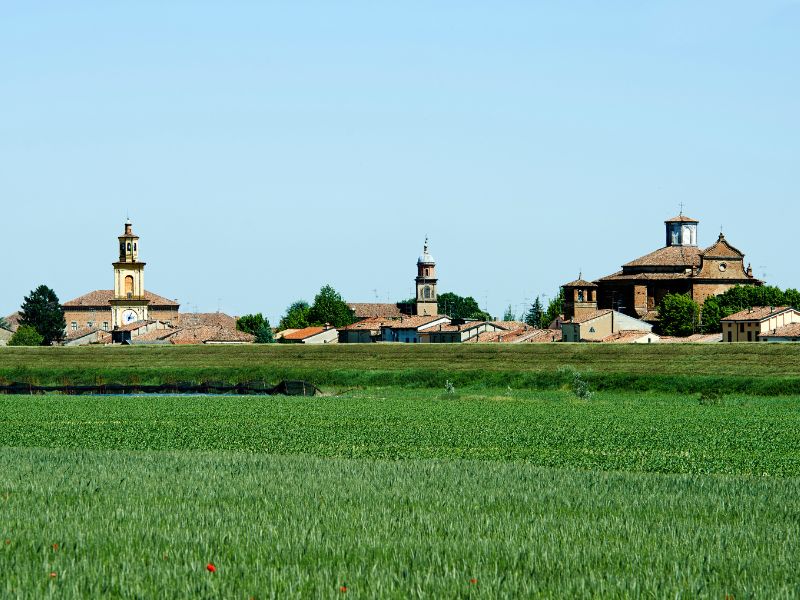
GUALTIERI
A center of the Po Valley close to the Po River, Gualtieri (Gualtēr in local dialect) represents a true masterpiece of late 16th-century urban planning and architecture. It owes its fortune to the Bentivoglio family, which undertook that grandiose reclamation work whose essential structures are still valid and efficient. The heart of the town is the scenic Piazza Bentivoglio, designed by Ferrara architect Giovan Battista Aleotti. It is overlooked by Palazzo Bentivoglio, which houses the Antonio Ligabue Museum Foundation and the Umberto Tirelli Tailor’s Collection; the Collegiate Church of Santa Maria della Neve, where a fine altarpiece depicting the Annunciation by Ferrara painter Carlo Bononi can be admired; and the Civic Tower, completed between 1599 and 1602. Leaving the square, the following remain to be seen: the Casa Museo Antonio Ligabue, where, for a few years, the famous painter lived and painted; the Church of the Immaculate Conception, the result of the late 18th-century restoration of an earlier oratory; and the Church of Sant’Andrea, of ancient foundation.
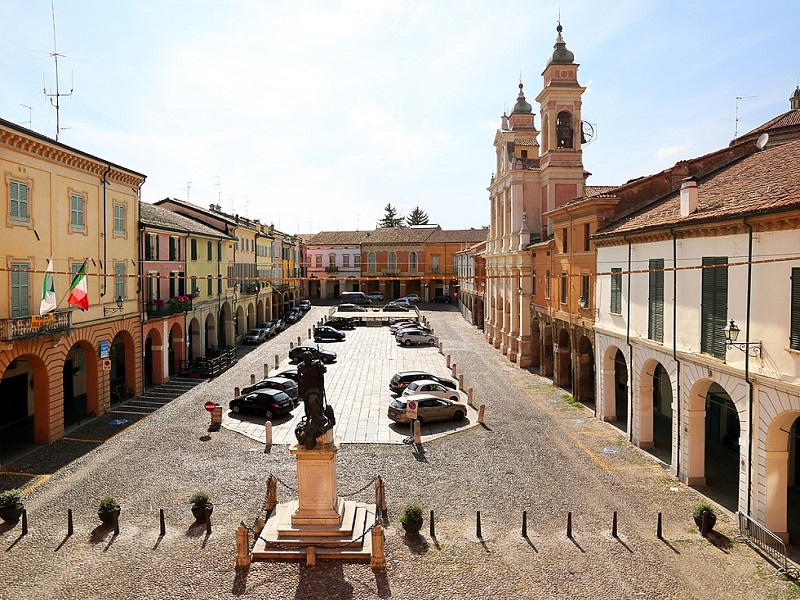
GUASTALLA
Located on the border with the province of Mantua, Guastalla (Guastàla in Guastallese dialect) is the main center of the Po Riviera and the Bassa reggiana. The ancient Via Gonzaga leads to Piazza Mazzini, the heart of the city, dominated by the monument to Ferrante I Gonzaga by Leone Leoni. Overlooking it are: the 16th-century Co-Cathedral of St. Peter the Apostle, where numerous sacred works of historical and artistic value are preserved; and the Ducal Palace, Guastalla’s most important monument and a significant emblem of its extraordinary history, which houses the City Museum and the Town Hall. Other sights include: the Church of the Santissima Annunziata or dei Servi, which houses notable works of art; the Sanctuary of the Beata Vergine della Porta, a rare example of the Emilian Baroque style; and the Church of San Francesco, now deconsecrated.
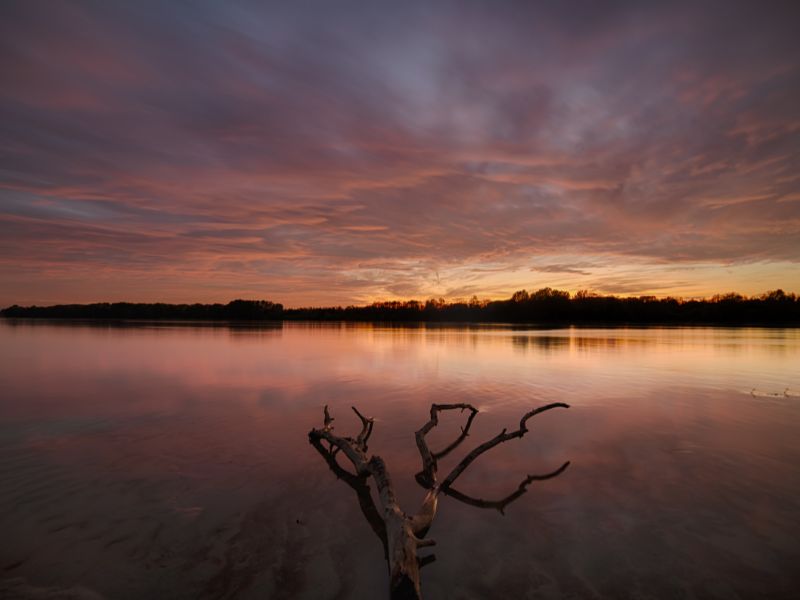
LUZZARA
Luzzara (Lüsèra in the local dialect) is the last municipality along the Po River in Emilian territory, on the border with Lombardy. The banks of the river provide a choreographic backdrop to the wide expanses of forest and fruitful farmland. The town is known for being the birthplace of screenwriter Cesare Zavattini (to whom the National Museum of Naïve Arts is dedicated), counted among the most important figures of Italian neorealism, of which he was also a theorist. In the center of the town we find: the 55-meter-high Civic Tower (the tallest in the province, as the people of Luzzarese proudly say); and the splendid Baroque-style Church of San Giorgio, which contains some valuable paintings and ornaments. In the hamlet of Villarotta, on the other hand, is the Shavings Museum, which houses the machinery with which “cauldrons” were made from poplar wood logs.
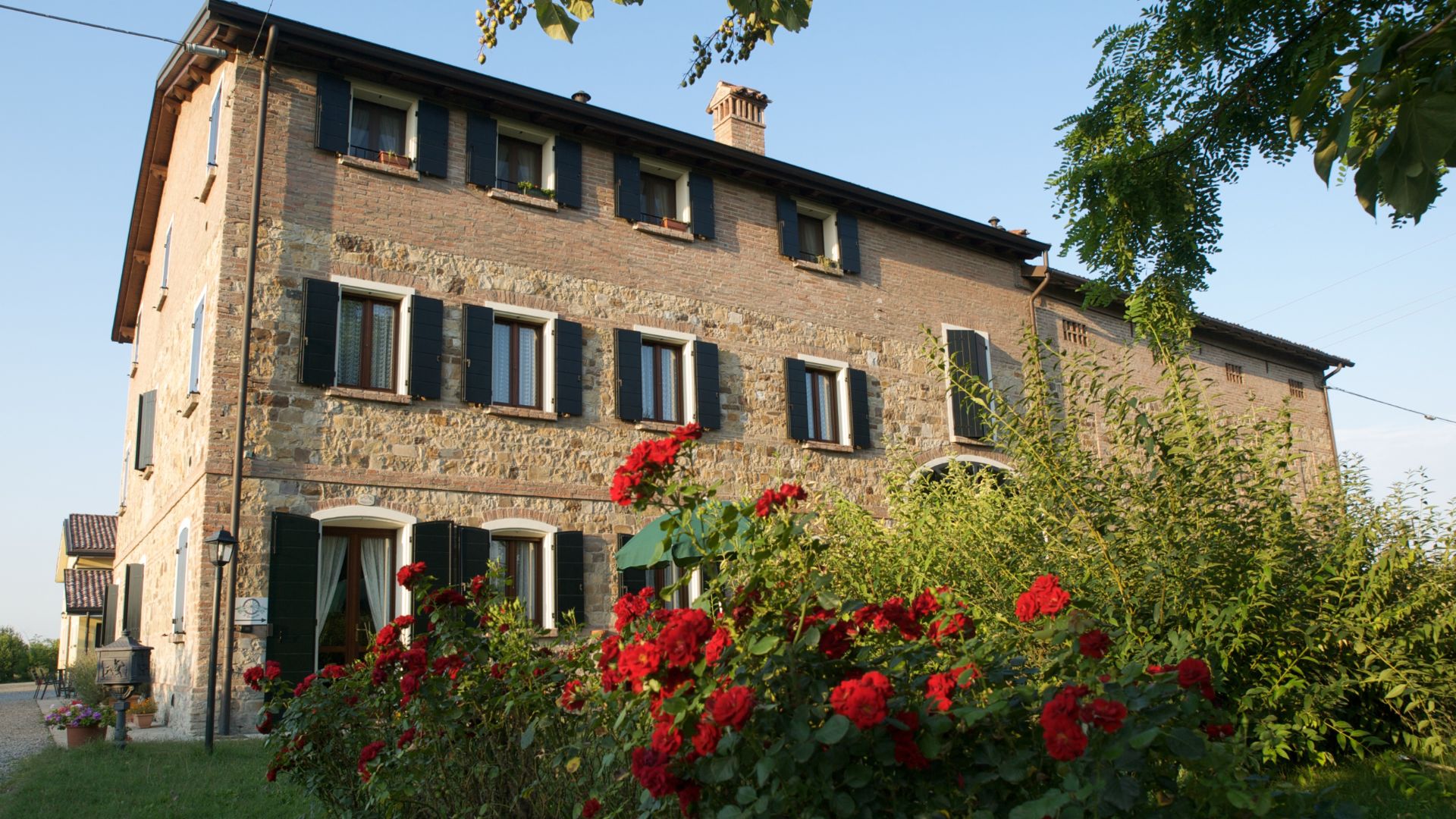
AGRITURISMO IL BRUGNOLO
Welcome to il Brugnolo
If you’re looking for completely independent apartments surrounded by greenery you really are in the right place here!
In fact, Brugnolo is immersed in the green nature of the Emilian countryside. For your relaxation, for that of your children, and again for the runs of your 4-legged friends, you will have 6000 square meters of park at your disposal!

